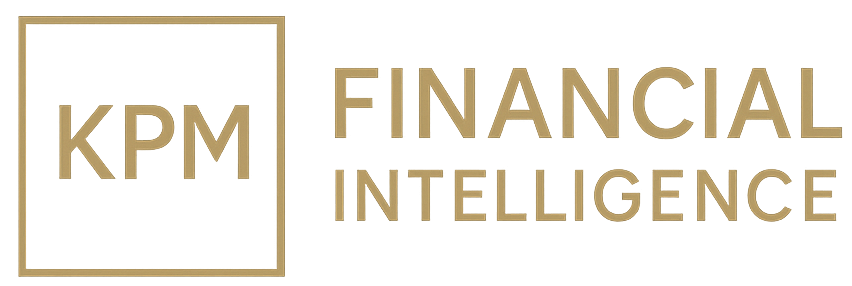Slovenian Consumer Confidence Edges Higher
Slovenian consumer confidence rises y/y as inflation cools and labour market stays firm; improving sentiment points to mild Q4 consumption lift amid tight credit and stable DXY, CL=F.

Slovenian consumer confidence continued its gradual recovery in October, rising year-on-year as inflation pressures eased and labour-market fundamentals remained firm. While sentiment is still below pre-pandemic highs, the upward trajectory signals stabilising household conditions heading into the final quarter of 2025. The national statistics office reported that expectations around personal finances and major purchases improved slightly, suggesting that real incomes are recovering as wage growth continues to outpace price increases.
Despite the improvement, overall confidence remains fragile. Credit conditions are tight by historical standards, reflecting still-restrictive European Central Bank (ECB) policy rates, yet household balance sheets remain sound. Retail banks report stable loan performance and healthy deposit buffers, reinforcing a picture of cautious but resilient consumers. Inflation has cooled materially, and the Harmonised Index of Consumer Prices (HICP) shows annual gains approaching 2 percent, allowing disposable income to stabilise.
Real consumption growth is expected to remain modest, constrained by uncertainty over energy prices and broader eurozone demand. Still, improving sentiment limits downside risks to spending, particularly in retail and services. The coming months will test whether stronger confidence translates into sustained purchases of durable goods and higher discretionary spending during the holiday season.
For markets, Slovenia’s confidence rebound is a low-beta development—unlikely to drive immediate equity re-ratings but mildly supportive for domestic retail and utilities. On the rates side, European government bond (EGB) curves and ECB guidance continue to dominate local yields. External variables such as global oil prices (CL=F) and the dollar index (DXY) remain key channels for imported-cost effects. If upcoming surveys confirm higher purchase-intent readings, Slovenia could see a firmer Q4 consumption contribution to GDP.





